By Grace Hassler and Grant Jensen
Est. Read Time: 7 minutes
Backyard Bounty: A top contributor to the Homegrown National Park Biodiversity Map™.
Learn why native landscaping is not only sound from an ecological perspective, but from a business perspective as well. Native landscapers have so much opportunity to become community influencers!
Also find options for landscapers and homeowners to take it to the next level at the end of the article.
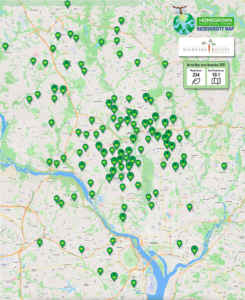 Backyard Bounty is a leader in native landscaping throughout the greater DC area. They’ve perfected the art of creating yards that are equally excellent for habitat, stormwater management, and aesthetic. Since being founded in 2010, they’ve created over 250 native gardens, transitioned over 10 acres of land back to native plants, and each year prevent 22 million gallons of stormwater from entering local waterways.
Backyard Bounty is a leader in native landscaping throughout the greater DC area. They’ve perfected the art of creating yards that are equally excellent for habitat, stormwater management, and aesthetic. Since being founded in 2010, they’ve created over 250 native gardens, transitioned over 10 acres of land back to native plants, and each year prevent 22 million gallons of stormwater from entering local waterways.
In fact, Backyard Bounty's work is so impressive that they recently won the 2024 Sustainability Leadership Award from the Maryland Green Registry!
Yard by yard, Backyard Bounty is educating clients on the benefits of native landscaping and transforming homes into vibrant habitats and healthy ecosystems. They have an access and influence over homeowners that conservationists could only dream of, and they’re making the most out of that opportunity.
Traditional landscapers may want to take a page out of their book. Backyard Bounty demonstrates that native landscaping is not only sound from an ecological perspective, but from a business perspective as well: they’re operating at full capacity with a long wait list in tow.

When you look at this well-landscaped yard, what’s the first thought that comes to your mind?
Is it: “Wow, that’s certainly some high-quality habitat they’ve got there!”
Or maybe: “I bet that hardscaping saves hundred of gallons of stormwater from entering our waterways every year.”
More than likely, it’s: “That looks nice!”
Thanks to Backyard Bounty, the answer is all of the above.


Creating gardens that are both pleasing to the eye and good for the planet has been a longtime goal for Edamarie Mattei, Backyard Bounty’s founder. She didn’t grow up gardening, but when she started her own family, she wanted easy access to healthy produce. While growing food was her initial motivation for getting into gardening, her vegetable garden opened the door for her to learn about insects, invasives, and the importance of stewarding her own home’s outdoor spaces sustainably. She turned her attention to the land her food was growing in and what it meant to manage it wisely. The more she did it, the more she loved it.
Edamarie quickly realized that she wanted to make a career out of her favorite pastime and quit her job to return to school for landscape technology, concentrating her studies on organic management and habitat-creation strategies. She designed and installed her first garden for a friend in 2010, and from that project, Backyard Bounty was born. What started as Edamarie and her trusty minivan is now a thriving business with 35 employees. “We grew pretty much from word of mouth, which is exciting,” Edamarie explains, “because people were looking for something like us [in the DC-metro area], but it didn’t really exist [until we came along].”
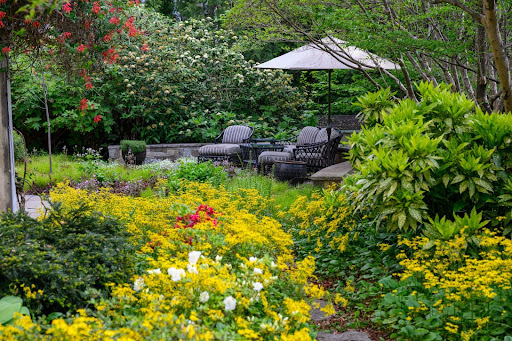
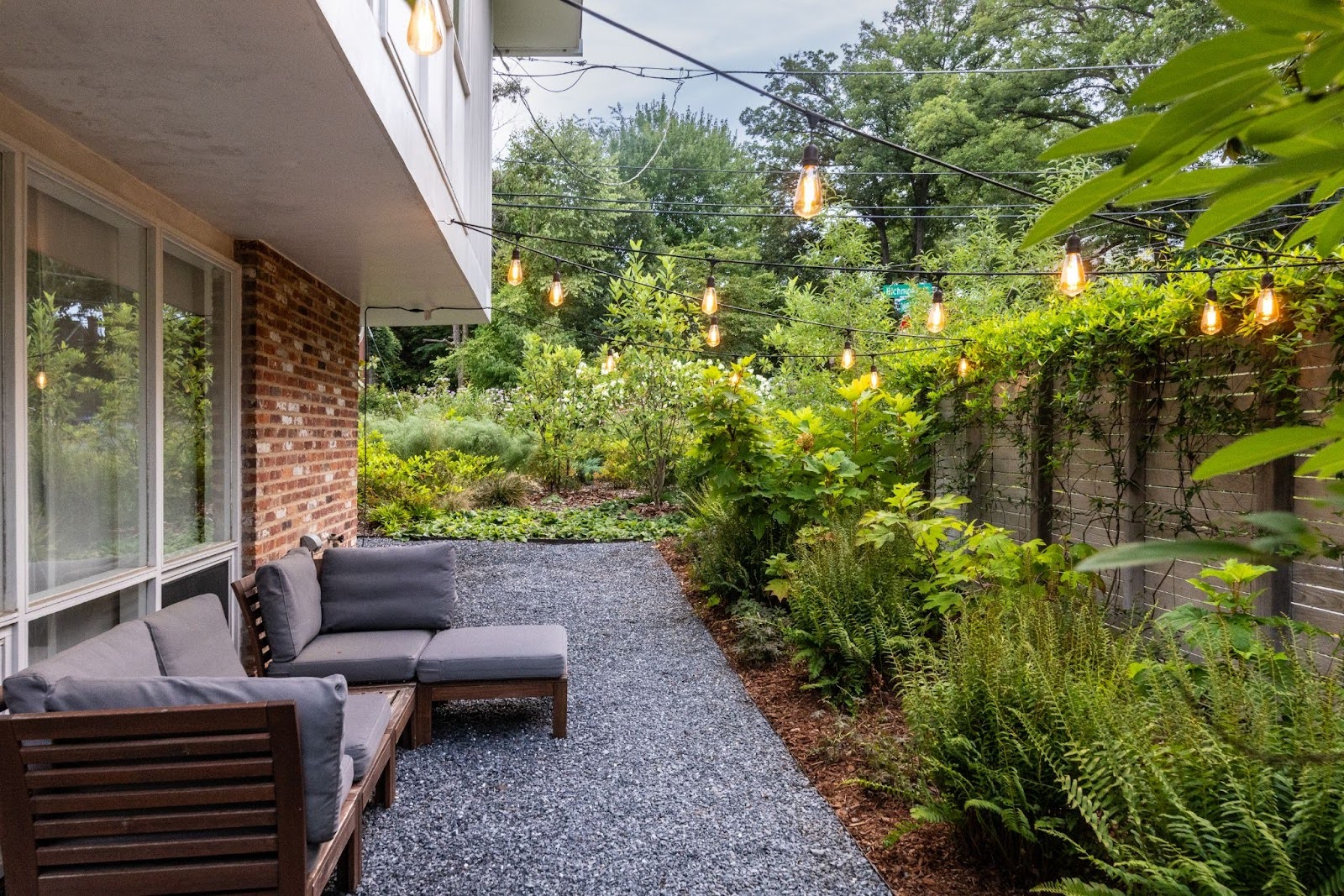
Backyard Bounty leverages local county and city stormwater management incentive programs to guide their clients toward native-friendly landscaping (who doesn’t love to get paid to do good things for the planet?). These programs become a jumping-off point for conversations about habitat creation. “We’re in a unique position [as landscapers]” says Backyard Bounty’s head of marketing and strategy, “because we’re the ones that talk to homeowners. They want to do the right thing, but they don’t know how, and they are often going to defer to their landscaper.”
Beyond the financial incentives, Backyard Bounty also always provides clients with a very practical reason for why they should want native landscaping for their yards: native plants want to live there. In addition to the ecological benefits they provide, native plants will survive better and be much happier in the long term and, once established, require way less maintenance and care than non-natives or turf lawns.


For a long time, Backyard Bounty was the one educating and steering their clients toward native-focused landscapes, but Edamarie has noticed an interesting and exciting shift over the past couple of years. Now, about 50% of the inquiries they receive are from people interested in shrinking their lawn in the name of creating a better habitat for native species.

Edamarie credits Doug Tallamy and Homegrown National Park’s efforts for this increased awareness (Nature’s Best Hope is one of her favorite books). Backyard Bounty is a huge supporter of HNP and incorporates many of Dr. Tallamy’s teachings into their designs. All projects consist of at least 75% native plants (remember, you don’t need to have 100% native plants to help native species).
The custom yard signs that Backyard Bounty provides to its clients serve as a meaningful reminder that their landscaping efforts are contributing to the revitalization of the ecosystem and that they are part of a broader environmental movement. Contact us if you're interested in ordering custom signs (a minimum of 15). Also, new pre-printed HNP signs will be available in our renovated shop very soon!
Backyard Bounty also takes advantage of the new HNP Biodiversity Map features for Organizations, encouraging their clients to add their landscapes to the Biodiversity Map and join Backyard Bounty's collective native planting goal. It’s a great place to visualize just how much of an impact the company is making, and with the new photo feature for organizations, everyone can see just how lovely well-designed native landscaping can be.
Besides landscaping companies, the Organizations features allow businesses, corporations, schools, cities, places of worship, golf courses, etc. to feature the work they are doing in conjunction with their employees and/or members to track the organization's native planting goals.
Imagine if every traditional landscaper switched to planting native, educated their clients on native species, and added their projects to the Biodiversity Map like Backyard Bounty has. Not only would our neighborhoods be much more interesting and beautiful, but we’d be well on our way to a healthier, more resilient ecosystem for our native species. That’s a vision worth striving for.
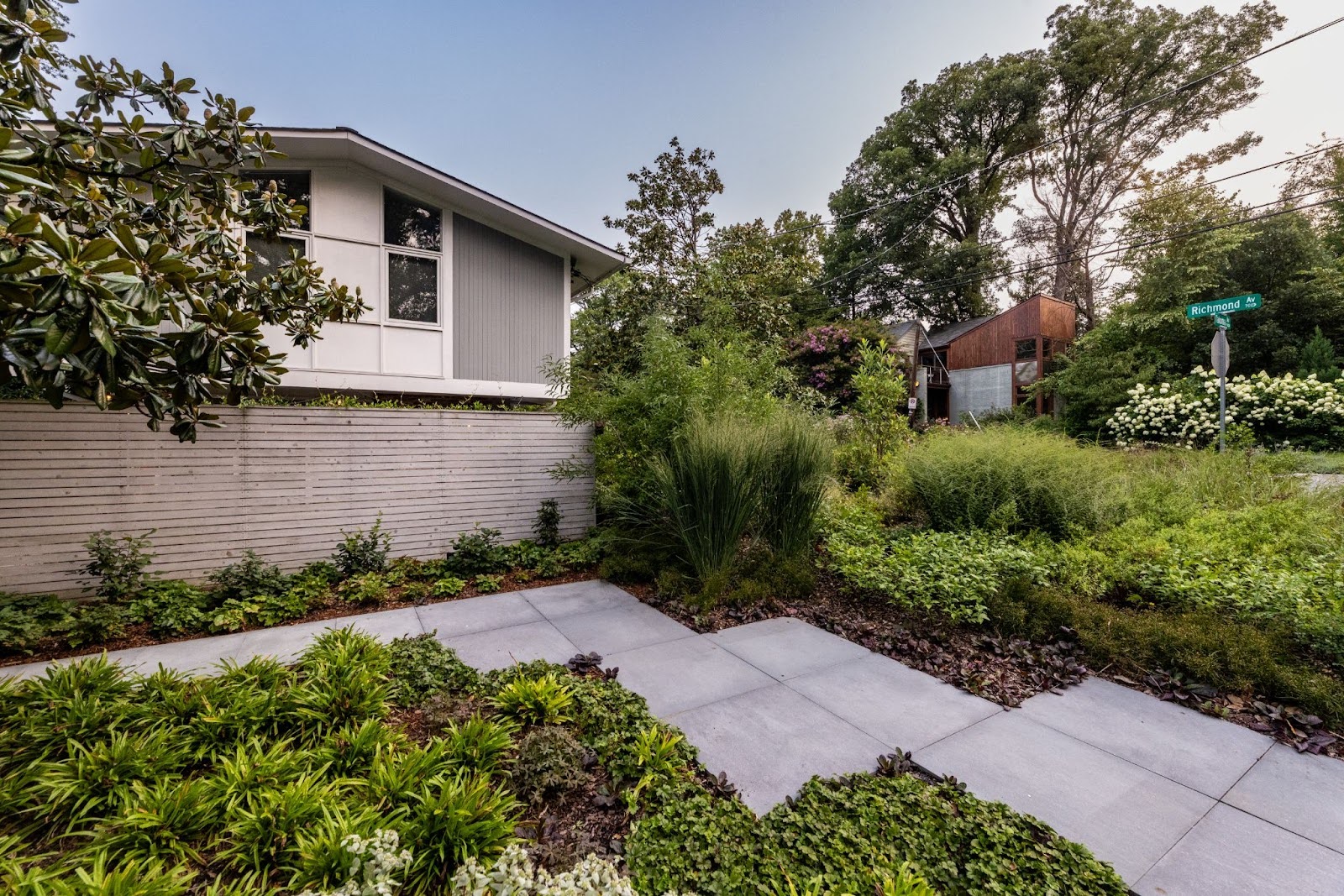

Edamarie is working to turn that vision into reality. She hopes that by adding Backyard Bounty’s projects to the Biodiversity Map, other homeowners and landscapers will be inspired to see the habitat potential of their own yards.
Feeling inspired? See below for ways you can bring the spirit of Backyard Bounty to your neighborhood.
FOR HOMEOWNERS:
- Swap out some of your turf lawn or non-natives for native plantings. It’s OK to start small!
- Look for native landscapers in your area. Even if you don’t use them, you can promote the work they do.
- If you use a traditional landscaping company, ask them to incorporate native plants and other habitat-friendly design elements into your yard. Show them the demand for these services is there.
- Share this article with your landscapers and neighbors.
FOR LANDSCAPERS:
- If you're already providing native planting services for your clients, way to go! Now, level up and track your company's collective impact by following the instructions below.
- If you aren’t already designing native-focused projects (or would like to add more):
- Reach out to Kris Colby, the head of marketing and strategy at Backyard Bounty. Kris offers an open invitation to guide landscapers interested in integrating more native plants into their services.
- Consider adding native landscaping to the list of services you provide. Look to your local/county/state government for resources on how to get started. Even HNP’s own website is a great reference to use to learn about species native to your area and where to source them.
Track Your Business's Collective Impact: Instructions and Email Template
STEP 1
Set up a Map Organization for your business. Map Orgs are managed via individual Map accounts, so if you don’t already have one, you’ll need to create an account first using the Sign Up button.
In setting up your account, you’ll also designate your planting goal. The goal you choose is the total square footage or acreage that your company intends to plant native for both your clients and/or employees. Keep in mind that the admin of your Map Org will need to manage the invites/requests from your clients/employees to join your Org via automatically generated emails.
STEP 2
Let your clients know about the opportunity to join the HNP Biodiversity Map! You can use text from the email template below to send to your clients/employees. It includes a set of instructions to guide them through the process of getting on the HNP Biodiversity Map and then connecting with your organization.
EMAIL TEMPLATE TO SEND TO CLIENTS AND/OR EMPLOYEES
(Make sure to customize the text in brackets)
We hope you’ll join us in our goal to track a combined [X NUMBER OF SQUARE FEET or ACRES] of native plantings on the Homegrown National Park Biodiversity Map!
Homegrown National Park (HNP) is a grassroots non-profit that is aligned with our passion to see more native habitat created to regenerate biodiversity.
The HNP Biodiversity Map provides a dynamic visual, showing individuals' part in the greater whole by pinpointing where habitats are thriving and where more are needed.
Follow these steps to add your native plantings and connect with [YOUR BUSINESS NAME] on the HNP Biodiversity Map:
- Create an individual Map account or Sign In to your existing one.
- Add your native plantings per the instructions. You'll specify a location, approximate size of the Planted Area(s), and the date planted.
- Connect with [YOUR BUSINESS NAME]: Click your account name in the upper right and select My Settings from the dropdown menu. Scroll to the bottom of My Settings, enter the Organization's name into the search field in the Memberships section, and then click “Request to Join!”
- Watch for the email notification that [YOUR BUSINESS NAME] has accepted your request.
- Once you’ve been accepted as a member, open your My Settings window and scroll down to the Sites & Planted Areas section.
- Open the planting site(s) you’d like to associate with that Org and select the Org from the dropdown menu beneath the desired planted area.


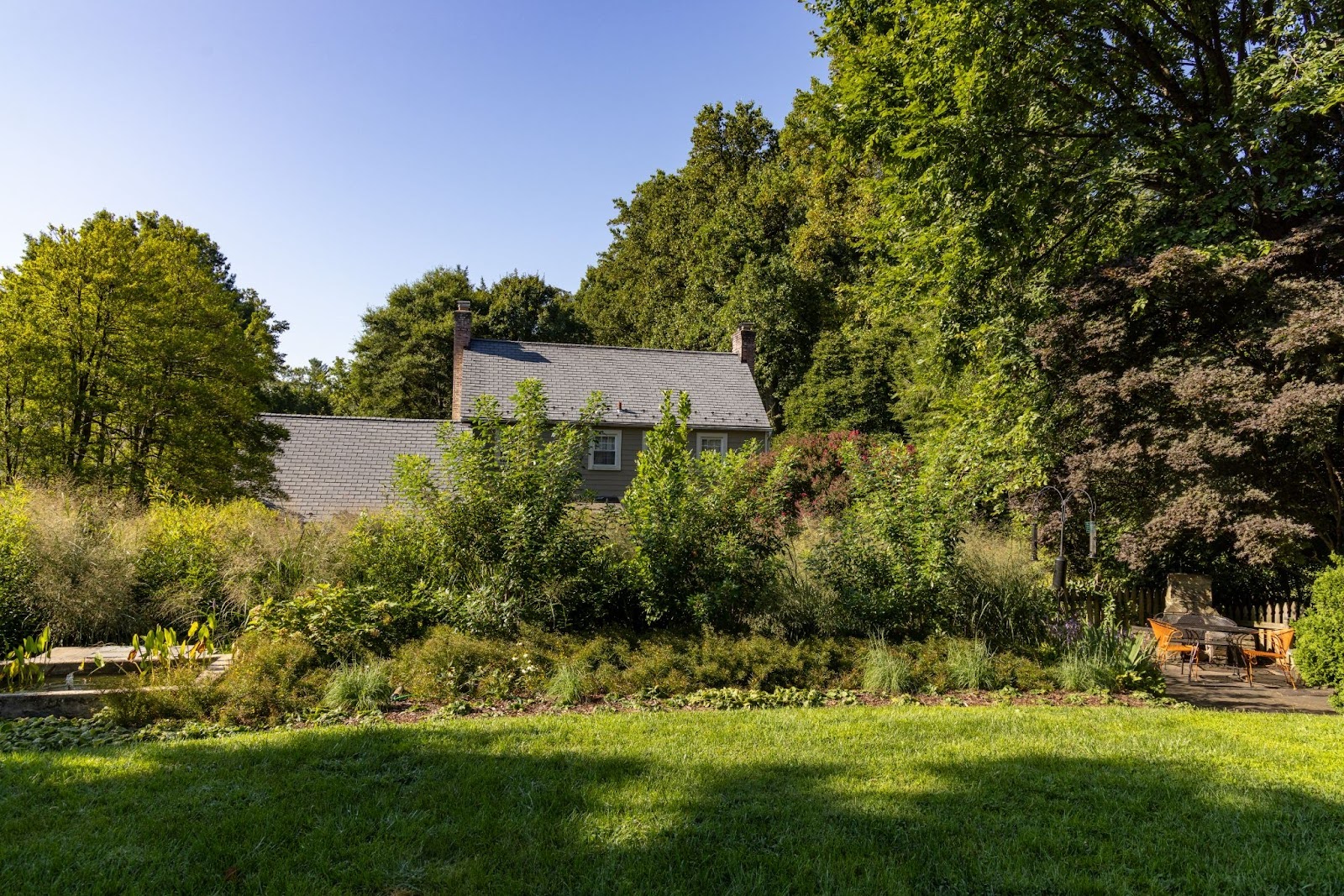
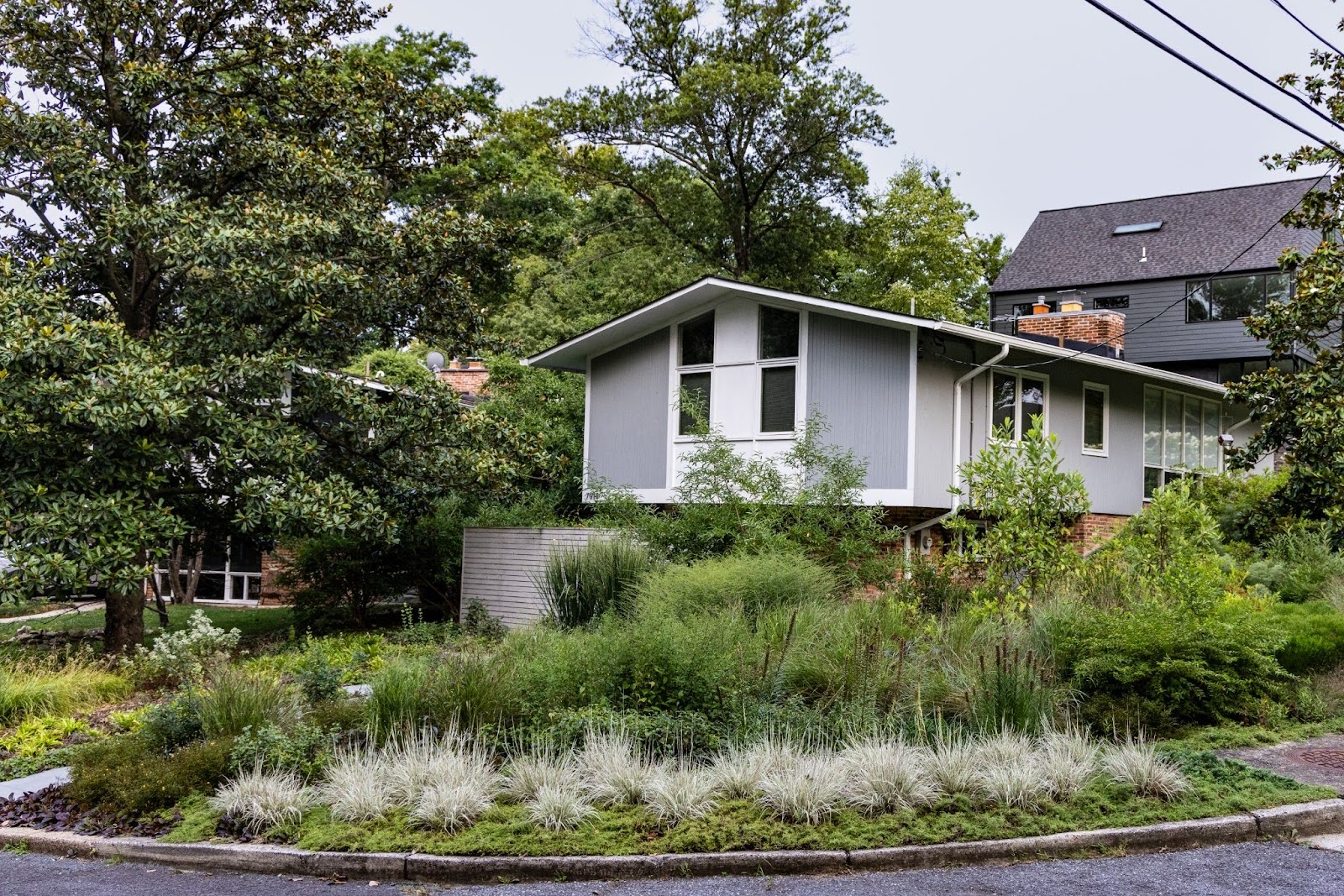



Grace Hassler recently graduated from the University of Pennsylvania with a Master of Environmental Studies degree focusing on local land conservation. She loves storytelling and finding ways to connect the public with important environmental research in a way that is interesting and understandable. In her free time, you can find Grace outside participating in one of her many hobbies – whitewater kayaking, birding, mountain biking, photography, rock climbing – you name it!


